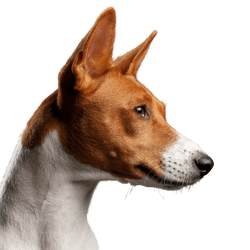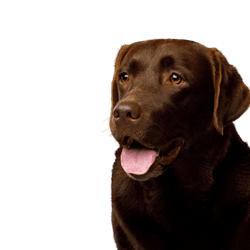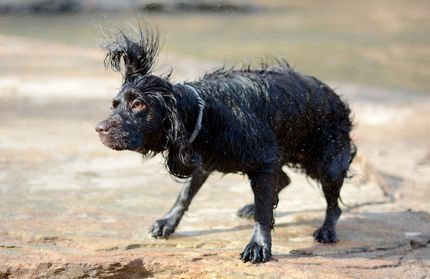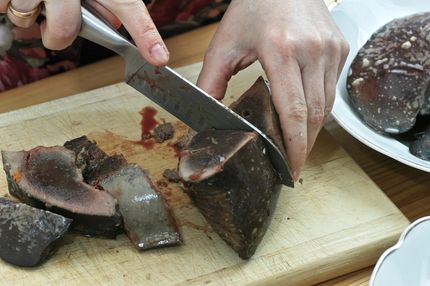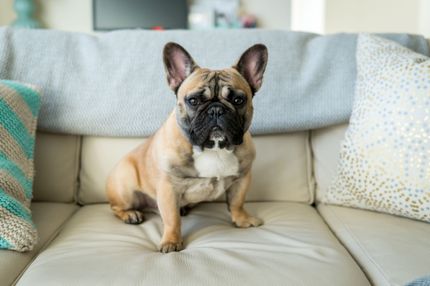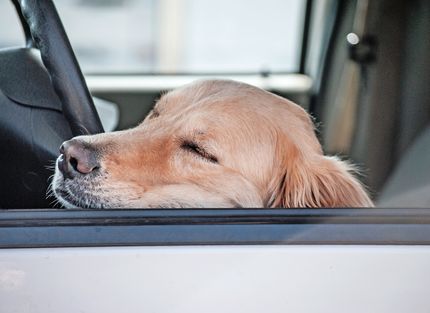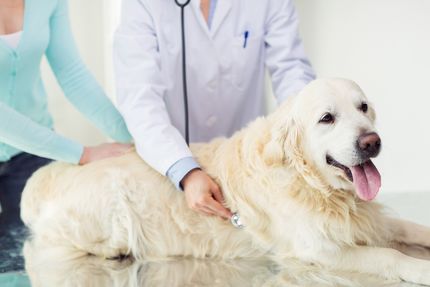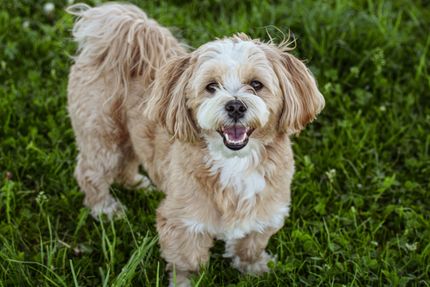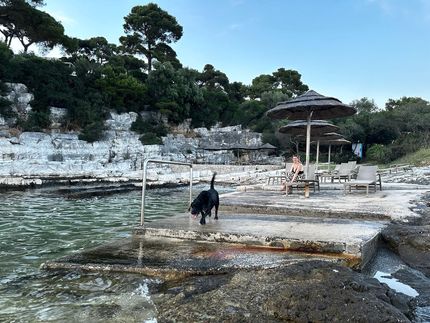Facts & Origin
Labrasenji: Labrador Retriever and Basenji Mix
The Labrasenji is a unique mixed breed dog that results from crossing a Labrador Retriever and a Basenji. The Labrador Retriever, originally from Newfoundland, is known for its work ethic and friendly nature, while the Basenji, also known as the "Barkless Dog," originated in the Congo and is prized for its quiet, cat-like habits and independent temperament.
Suitability and Husbandry
Labrasenjis can handle a variety of living conditions, but they tend to thrive best in homes that provide them with plenty of exercise and mental stimulation. Because they carry both the active lifestyle of the Labrador and the independent and curious nature of the Basenji, they are best suited in a home with a fenced yard and need daily walks.
| Alternate Name | - |
| Origin | Democratic Republic of the Congo - UK |
| Life expectancy | 10 - 15 years |
| Care requirements | low-maintenance |
| Activity level | average |
| FCI group | not recognised |
| AKC group | not recognised |
| KC group | not recognised |
More Basenji mixes
More Labrador Retriever mixes
Attitude, character and temperament of the breed
Possible character traits of the Labrasenji
In terms of temperament, Labrasenjis are often lively, intelligent and affectionate. They may also inherit the independence and slightly stubborn character of the Basenji. Although they usually get along well with children and other dogs, early socialization is always beneficial.
In summary, the Labrasenji is a dynamic and fascinating mixed breed dog that combines both the energy and friendly temperament of the Labrador and the uniqueness and independent nature of the Basenji. With proper care, training and lots of love, the Labrasenji can be a wonderful companion.
Character
Care and health
Grooming a Labrasenji is relatively straightforward. Their coat is generally short and low maintenance, but requires regular brushing to remove dead hair and maintain a natural shine. As with any breed, teeth should be cleaned regularly and ears checked for signs of infection.
Labrasenjis can be prone to health problems common to both parent breeds, including hip and elbow dysplasia, progressive retinal atrophy, and in some cases, the Basenji's propensity for Fanconi syndrome. Regular veterinary visits and preventive care are important to identify and treat these problems.
What does this mixed breed look like?
The Labrasenji is a medium-sized dog that usually reaches a height of 41 to 51 cm and weighs between 20 and 30 kg. The appearance can vary, depending on which parent breed comes through stronger. Their coat color can vary and ranges from black, brown, cream to combinations of these.
| Fur length | short |
| Fur | flat coated |
| Ear shape | Standing Ears - Triangle |
| Tail | rolled up - lang |
| Anatomy | muscular, sporty, rugged, massive |
| Size ♀ | 38 - 60 cm |
| Weight ♀ | 9 - 32 kg |
| Size ♂ | 41 - 63 cm |
| Weight ♂ | 10 - 32 kg |
| Suitable For | suitable for allergy sufferers, Beginner, Blind people, Children, Seniors |
Known Diseases
Kidney disease
Symptoms of kidney disease in dogs: increased urination (polyuria) increased water intake. Inflammation of the mucous membrane of the mouth. Loss of appetite
Eye infections
Chronic eye infections can be very painful in dogs and can be treated with medication. In rare cases, the cornea must be treated.
Hip dysplasia (HD)
Hip dysplasia (HD) is a genetic condition in dogs where the hip joint is not shaped properly. This leads to pain, stiffness and restricted movement.
Elbow dysplasia (ED)
Elbow joint dysplasia is a chronic disease complex of the elbow joint of fast growing dog breeds.
Eye diseases
Often occur with allergies and intolerances.
Overweight
Often, unfortunately, the dogs very much under excess weight. But the dogs themselves are never to blame!
Joint damage
In some breeds, joint damage can occur later in life, affecting the musculoskeletal system.
FAQ
-
The typical characteristics of a Labrasenji are a balanced, intelligent and active dog. They are very willing to learn and compatible with other dogs, but also people.
-
Grooming should be done with a short brush or damp cloth. It is recommended to regularly remove the undercoat dirt and other impurities and, if necessary, apply a dog beauty treatment.
-
They are usually very friendly, compatible and good-natured with other dogs. However, some of them are a little shy in the presence of new dogs.
-
They need at least 2 hours of intense exercise per day to maintain their behavior and health. In addition, it is important to exercise them regularly to keep them mentally happy and balanced.
-
They need a balanced diet rich in proteins and quality carbohydrates. Foods that are suitable for an adult dog are also suitable for this breed. However, it is also possible to find food and treat options specially adapted to their needs.
